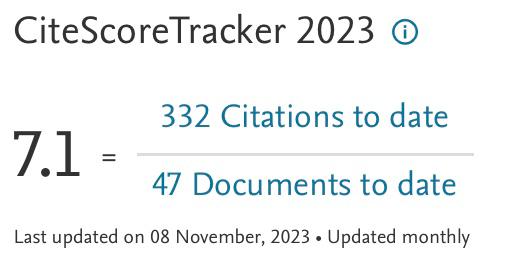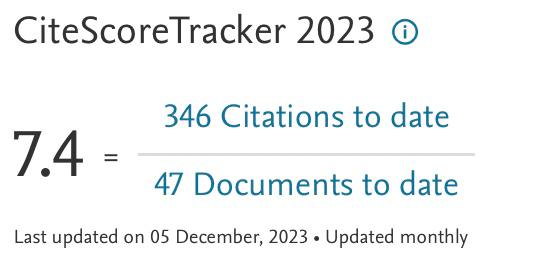Effect of Chemically Reactive Nanofluid Flowing Across Horizontal Cylinder: Numerical Solution
Keywords:
Cylinder, Free convection, Nanofluid, Chemical reaction, Sherwood numberAbstract
The objectives of this work are to build a mathematical model for the nanofluid flow problem in the present first-order chemical reaction. The flow over an isothermal horizontal circular cylinder is selected due to many engineering applications for this geometry. A set of nonlinear partial differential equations (PDE) coupled into system of ODE’s that describes the physical behavior of the problem under study was derived. In numerical ways, finite element techniques (FET) were used to treat the mathematical model. The most important quantities that have a good effect on the physical matter that appeared in the mathematical definition are the dimensionless chemical reaction parameter, the thermophoresis parameter and the Brownian motion parameter. The influence of these dimensionless quantities on the rate, temperature, and concentration profiles is drawn graphically. Furthermore, the impact on the engineering measures that have a physical implementation, such as the local Skin-friction coefficient, Nusselt number and Sherwood number are also parameter tends to decrease velocity and concentration values but to slightly enhance temperatures inLdiscussed. It is noticed that increasing chemical reaction also enhances values of the local Sherwood number but strongly reduces the local Nusselt number at the cylinder surface as so as the local surface shear stress function.Lthe flow field; a rise in.
Downloads




















